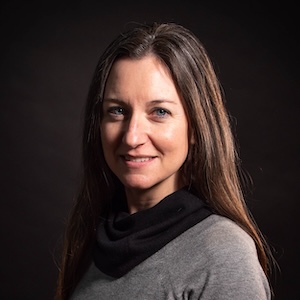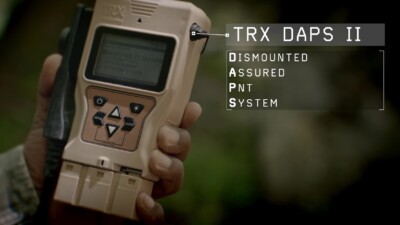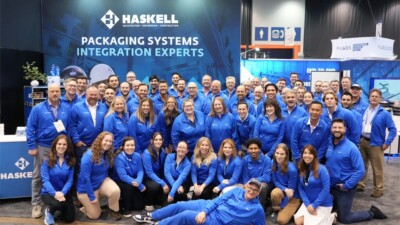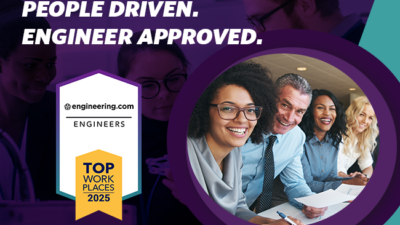This Top Workplace for Engineers values excellence, mission-alignment, and continuous learning.
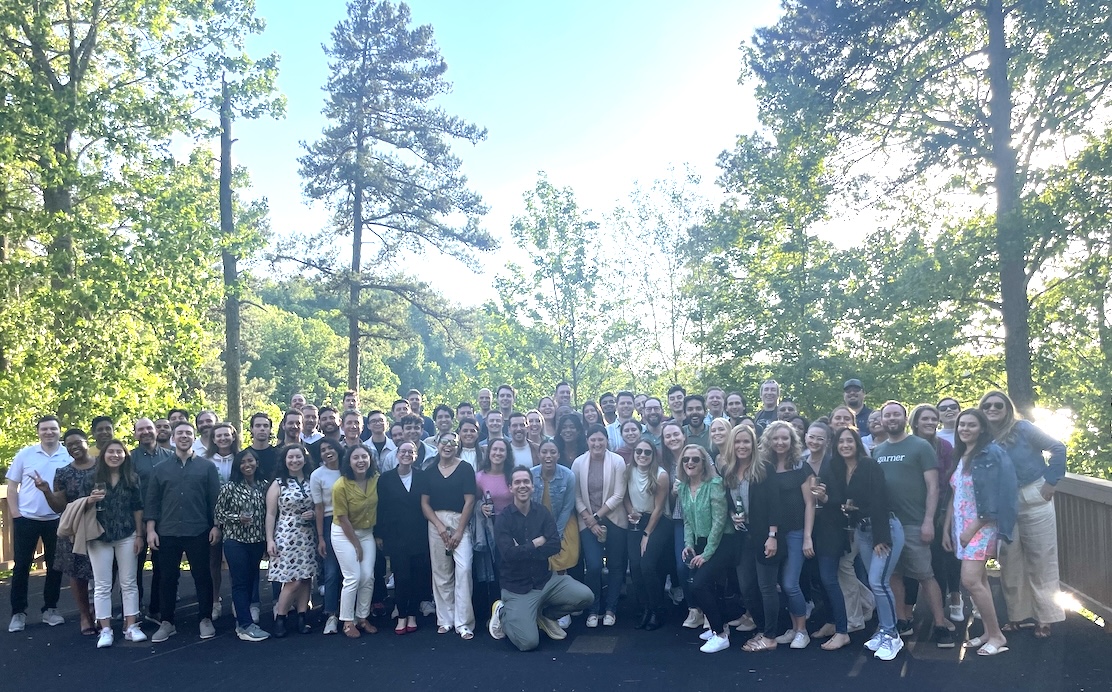
Companies that prioritize career development and nurture collaborative cultures comprise this year’s Top Workplaces for Engineers. New York-based tech startup Garner Health Technology is one of these companies that values employee engagement and seeks engineers who care deeply about their work, driven by a sense of purpose.
Founded in 2019, Garner’s mission is to transform the healthcare economy, delivering high-quality and affordable care for all. Using a new approach to data science and novel financial incentives, the team helps patients identify the highest-quality doctors and help doctors improve how they practice medicine. The company’s core values center around its mission, seeking truth, setting high standards, courageous communication, transparency, accountability, relationship-building, and integrity.
Bhavya Brundavanam, VP of Product Engineering at Garner, spoke with Engineering.com to share a glimpse of what daily worklife is like for this mission-driven team. Here are her responses.
What makes Garner Health Technology a Top Workplace for Engineers?
What makes Garner a good place to work is twofold. One is that we have such a strong mission, and it’s easier to do your best work when you know what you’re doing is actually affecting people in their everyday lives in a very meaningful way. We have a very meaningful vision and mission for people to really drive themselves. And throughout our recruiting process, we look for mission alignment in people, which definitely helps attract top talent.
We also have an eye for excellence. “Expect extraordinary” is one of our values, and it shows up in various ways. One is how we recruit people, and the other is how we coach them to set a higher bar for themselves. It doesn’t matter which part of your career you’re in, it’s important for you to keep growing from where you are. So, if you’re doing the same job that you were recruited for three or four quarters in, or you’re doing the same thing and not changing, then something has gone wrong. You have to be in a continuous improvement state, and that’s how we nurture our team members.
The kind of person that is both screened for and successful at Garner, especially in engineering, is someone who is curious about technology, the product they’re working on, and not afraid of diving into unknowns and looking for challenges. Rather than saying, “I’m a React engineer. All I do is write components, and it doesn’t matter what I’m developing for,” we are really looking for people who think, “How is this feature going to affect the usability of our signup flow? What is the security risk if we were to ingest files of a certain type? Is this the right encryption?” We want people to care very deeply about the implications, either to internal or external users, like security posture or scalability, which is a skill that they can carry forward and grow in their career.
It’s something that can be nurtured within, but also something that we see, especially if hiring people at the more junior level. That raw curiosity is what we hire for and coach on — how they can use that curiosity to apply it in the right way.
We are still a startup, but we have been growing over the past years. When we first started, it was mostly managers and tech leads. We were all tech leads-slash-coaches kind of management, because it was a smaller team, so it was almost one-to-one coaching with your EM or tech lead. But we also had structure and a resourcing budget that people could use based on their particular interests. More recently, we launched a lot more structure, especially AWS certification and certification-based support.
What is the engineering culture like?
We are a very chatty bunch on Slack. There are 55 Slack threads going, so we are very collaborative. An easy example is when someone starts a code review, there is back and forth, then one of them quickly says, “Let’s huddle, let’s talk this out,” and then it’s resolved.
This is very important for the kind of world we are in right now, where it’s all hybrid. We are a very distributed team in multiple locations like East Coast, West Coast, and all the time zones in between. It becomes very important to act fast and cut through the noise. So, it’s a super collaborative team, and we use all the resources in front of us to have conversations as quickly as possible.
The other part of our collaboration is that everything is very open. We talk in public Slack channels, or if someone is in a huddle, anyone can hop in because they know what they’re talking about. We want to create more of an open-floor office kind of feel, where you know what’s happening around you, and if you want to, you can participate.
There are various levels of transparency and accountability. Starting from the motivation and mission alignment, one level of transparency comes from all the way at the top. Our CEO and the leadership team are very clear about the annual plan and main KPIs that we need to move for every year. It’s very clearly thought through, written out, and distributed across the company. Feedback is solicited and solidified, and it’s a full formal process that we do every year.
Whenever we are working on something, we tie back our metrics to the company goals for the year. So, when we have conversations with our engineers about what’s important for this quarter, it’s not like we have a deadline, but they understand that this means if we were to launch XYZ, now we can measure the success. And this also goes into our engagement metrics or what that we think is going to improve us as a product. It’s ingrained into everyone’s thinking: “Why is it important, and how does it relate to our company goals?”
And it goes both ways. When we have a feature that is not necessarily aligning with our mission, we do have people speak out like, “Hey, this is counterintuitive. We cannot hide this data, or we cannot show this data. It is incentivizing the wrong kind of behavior.” So, people have good pushbacks, which is also part of our culture — to have courageous communication to make us better as a product and as a company. And by having these conversations in public Slack channels, people can come in and say, “Hey, this is not how we test things, there is a better way to do this.” There is a lot of learning and knowledge transfer that can happen because we are so transparent about what we are doing.
For more information, visit topworkplaces.com/company/garner-health-technology.
Is your company a Top Workplace for Engineers? Submit your nomination at topworkplaces.com/engineering-com.
